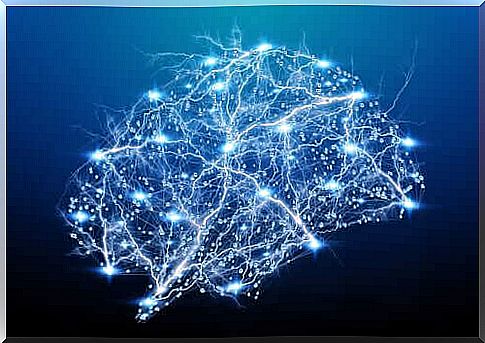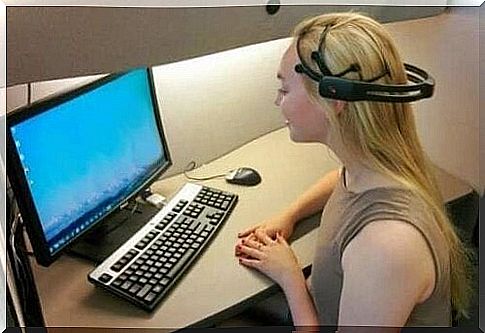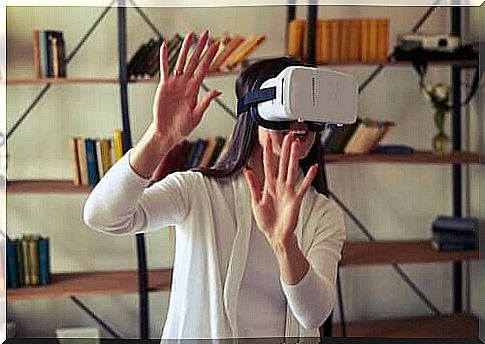Breakthroughs In Neuropsychological Rehabilitation

New technologies are impacting people’s lives, as well as other important areas of health care, such as neuropsychological rehabilitation. New technologies have been under development in neuropsychology for years.
This has enabled the development of new and accurate measuring instruments that are affordable and easy to use. On the other hand, these new technologies are also relatively new in neuropsychological rehabilitation.
Benefits of Neuropsychological Rehabilitation
New technologies in neuropsychology make it accessible to more users. For example, it has been a great tool for patients who have difficulty moving.
Also, computer-assisted assistance gives us the chance to get more accurate data and to personalize the treatments depending on the user.
It also makes it easier to care for individuals or groups, reducing the number of patients in public or private institutions. In addition, these new technologies can treat multiple patients at the same time.

As advanced as they are, these technologies need to be checked by experts. However, they are unbiased in reviews and treatments.
Protocols will also always have to be followed and exact repetitions of stimuli or other exercises will be made. New technologies also make it easier to track a patient’s progress.
Finally, it seems that the patient views his medical intervention less formally, as he becomes familiar with new technologies. While this may seem counter-intuitive, it gives the user more motivation than other more traditional methods.
These new technologies can make patients feel like they are doing something fun while training or rehabilitating their skills.
What are the disadvantages?
While new technologies have many advantages for neuropsychological rehabilitation, they are not without drawbacks. For example, it is not possible to always obtain qualitative information during a procedure.
In addition, the user must know how to use these new technologies. It’s not just about knowing how to get them, but a lack of knowledge can make treatment more difficult.
What resources do I need?
New technologies can provide cognitive treatment and specific rehabilitation. These tools can be used for all types of populations, although some have been developed for specific groups (e.g. children, the elderly or the disabled).
Today, two of the most widely used new technologies for neuropsychological rehabilitation are computer software and virtual reality.
computer software

These include computer aids for cognitive treatment. There are many options out there at the moment, although not all of them are proven to be effective or legit.
One of the most widely used platforms is NeuronUp . NeuronUp provides users with cognitive stimulation and rehabilitation. This is done by combining exercises for basic cognitive functions, daily tasks and social skills. In addition, they can be combined with traditional methods.
There are many types of cognitive training software for the elderly. Products such as Mementia, Kwido or VITRA-EL enable the elderly with a cognitive impairment or dementia to train cognitive functions. They do this through simple games designed especially for them.
There are also many apps that you can use to remotely control the session, such as CloudRehab. This is a free app for people with brain damage or mobility problems, who need neuropsychological rehabilitation.
With CloudRehab , patients can do their own exercises at home and upload videos to the cloud. They receive guidance from experts, without having to leave their home.
Virtual reality

Virtual reality (VR) gives you the opportunity to create rich environments. The evaluations and interventions are therefore more ecological and general. Moreover, this new technology allows you to decide for yourself where you train. You can create cities, houses or specific institutions to continue your neuropsychological rehabilitation.
Virtual reality is still evolving when it comes to rehabilitation. However, many good results are already visible, for example for patients with mobility problems and also for the elderly.
An example of virtual reality is VinCI, with which you can do biofeedback. This means it is aware of your progress and can adapt to your personal needs.
The future of neuropsychological rehabilitation
There is no doubt that technologies are evolving rapidly. This is good news for the development of more neuropsychological rehabilitation tools.
Today there are many tools to make rehabilitation more accessible. While their validity and effectiveness are still being tested, these technologies are certainly beneficial.









